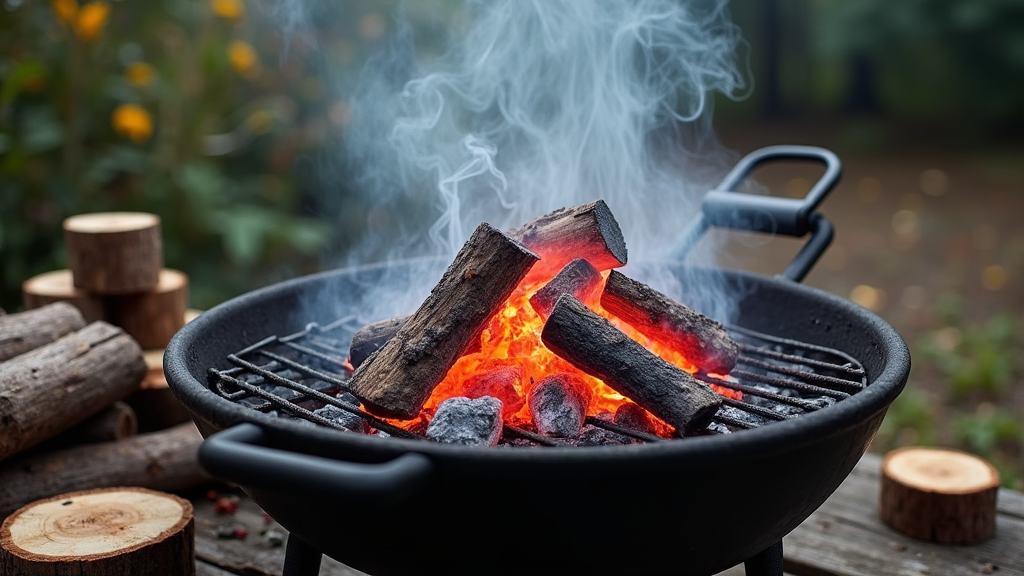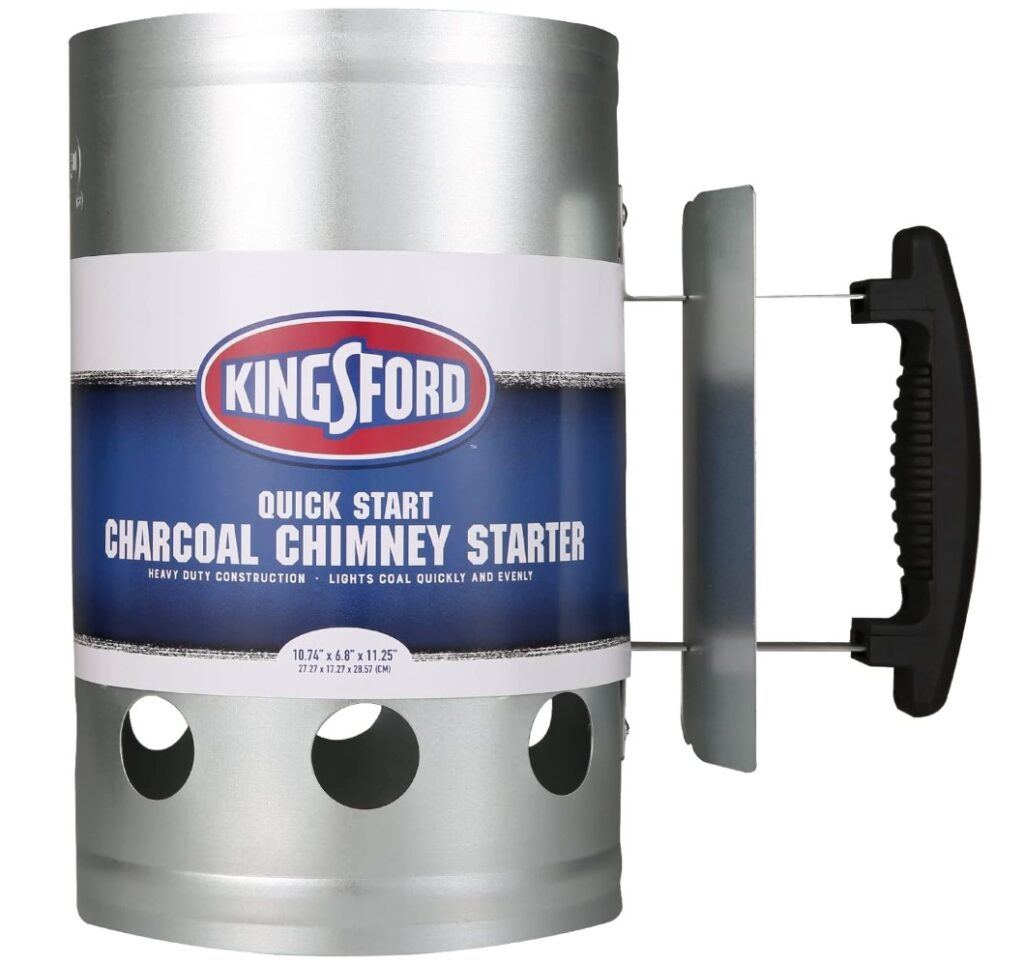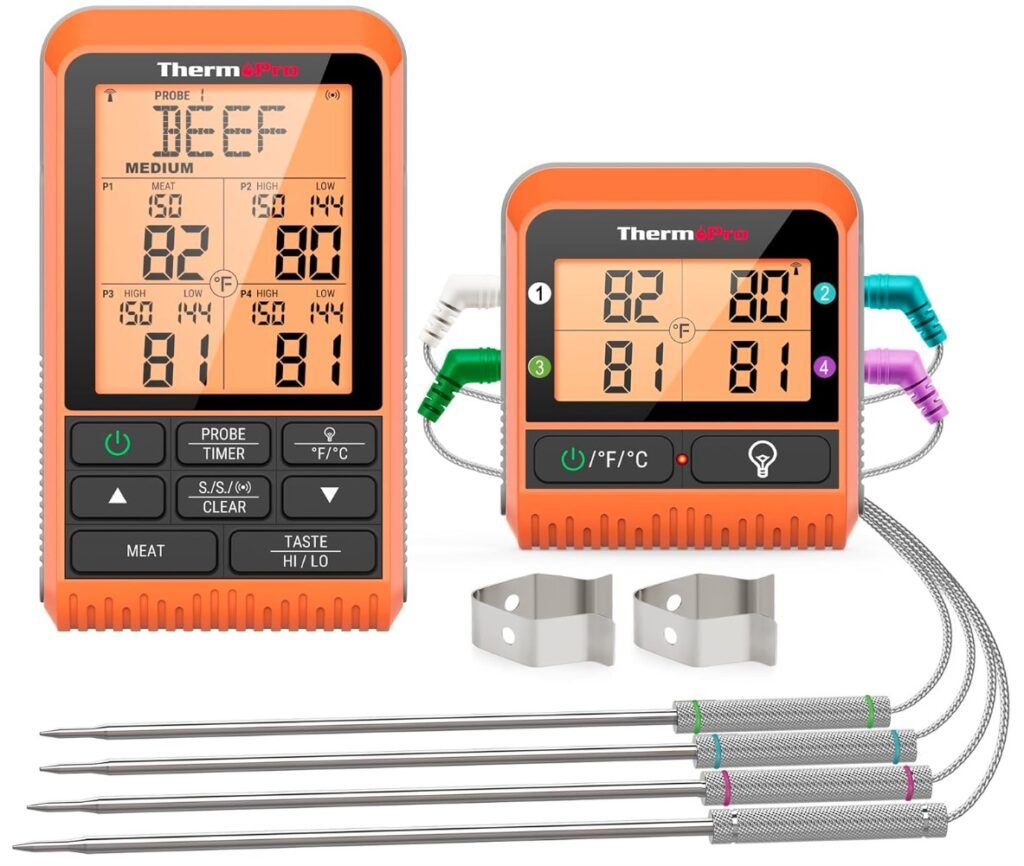Southern charcoal grilling is an experience that goes beyond cooking food. It’s about tradition, patience, and bringing people together. I started my adventure toward becoming a grill master as a curious beginner, fascinated by the smoky flavors that seemed impossible to replicate indoors. If you’re looking to master true Southern grilling, it helps to understand the basics and invest time practicing proven techniques. In this article, I’ll guide you through what you need to know to get started, the equipment and wood to use, and the best ways to manage heat and flavor for classic results.

Essential Gear for Southern Charcoal Grilling
Much like any other cooking hobby, grilling well begins with good equipment. Southern grill masters often stick with a classic charcoal grill, typically a kettle or barrel shape, because it gives more control over cooking temperatures and smoke. My very first grill was a hand me down, and even though it was simple, it did the job once I learned how to use it. A weather resistant charcoal grill that lets you adjust vents and has a sturdy grate is a smart starting point.
Investing in quality charcoal, chimney starters, long handled tongs, a grill brush, and a good meat thermometer makes grilling easier and more enjoyable. For Southern style, lump charcoal is often preferred because it burns hotter and gives a more natural smoky taste. Some people add hardwood chunks for an extra hit of hickory or oak flavor, which is a signature of Southern barbecue.
Foundations of Southern Charcoal Technique
Mastering charcoal grilling the Southern way means learning to manage fire and smoke. Patience and observation count for a lot. My first few tries were messy, but each time I learned something: how the charcoal looks when it’s ready, why having a two zone fire matters, and how vent settings change everything.
- Two zone fire setup: The grill holds hot coals on one side and none on the other. This lets you sear over high heat, then move food to a cooler zone to finish cooking without burning.
- Chimney starter: It lights coals quickly and avoids the chemical taste of lighter fluid.
- Wood chunks: I like using small hickory or pecan wood chunks for a burst of authentic Southern smoke. Peach wood, if you can find it, offers a subtle fruitiness.
- Vent control: The bottom and top vents work together. I keep the bottom vent partly open to feed oxygen and adjust the top lid vent to control how fast the fire burns.
Experience has shown me that it’s really important to preheat the grill thoroughly. Waiting for gray, ashy coals means steady, even heat, which makes grilling easier to manage. This is especially useful for larger cuts of meat like ribs or pork shoulder, which require longer, more consistent cooking times to get tender without burning.
Step by Step Guide: How to Become a Grill Master
If you want to become a grill master, developing a process you repeat every time makes a difference. Here’s how I built my confidence and skill set:
- Start with clean equipment: A wire brush and a bit of elbow grease keep your food tasting great and your grill in shape. Whether it’s scraping off old bits or wiping down the grates, regular maintenance saves you time and effort later.
- Choose the right charcoal and wood: Pick lump charcoal for authentic Southern flavor. Try adding one or two chunks of hardwood for aroma and flavor.
- Practice fire building: Lighting the coals in a chimney is easy and teaches you how long it takes for coals to reach cooking temperature.
- Set up a two zone grill: Push hot coals to one side, leaving the other side clear. You can sear directly over the heat, then move food to the cooler side to finish. This setup helps prevent burning and gives you flexibility for thicker cuts of meat.
- Control airflow: I learned from trial and error that closing the vents too much chokes the fire, while opening them all the way makes the coals burn too fast. Adjusting vent settings is key to maintaining consistent heat throughout your cook.
- Use a thermometer: Knowing when your meat is done takes the stress out of grilling and keeps your results consistent.
- Keep notes: I make quick notes on temperatures, wood types, and techniques that worked, or didn’t. This has helped me get better every time.
Patience, practice, and learning from both failures and successes moved me along the way. Every mistake, from overcooked chicken to under seasoned brisket, taught me something new about the process. Over time, these lessons added up to more confidence and tastier results.
Common Challenges in Mastering Charcoal Grilling
Charcoal grilling is rewarding, but it comes with a few real world obstacles. Here’s what I learned and how I work through each one:
- Flare ups: Fat dripping on hot coals can cause flames that burn the food. I keep a spray bottle with water handy and try to trim extra fat off meat before grilling.
- Temperature swings: Charcoal heat is less predictable than gas. By creating a two zone fire and practicing vent adjustments, I learned to handle sudden changes.
- Running out of heat: Long cooking cuts can sometimes use up all your charcoal. I measure a bit more than I think I’ll need and keep a small chimney starter ready to relight fresh coals.
- Wind and weather: Wind can speed up burning or make it hard to keep lid temperatures stable, so I move my grill to a sheltered spot if possible or use the lid to shield the coals.
I’ve also learned to keep an eye out for unexpected issues. Sometimes weather changes can sneak up on you, so always check the forecast before starting a long cook. If you’re surprised by rain, having a patio umbrella or awning can save the day and keep your grilling session rolling.
Fire and Flavors
Real Southern barbecue gets its spark from a mix of smoky woods and controlled heat. You’ll notice that each cookout has its own flavor profile because of variables like moisture in the wood and how high the fire burns. Peach and apple woods are sweet and mild, while hickory delivers a stronger, classic punch. Experimenting with blends can help you find a signature taste that fits your crowd.
Staying Patient
The biggest thing I’ve learned is that patience pays off. Trying to speed up the process by adding lighter fluid or stacking too many coals at once has only led to uneven cooking or a harsh taste. Trusting the coals to burn down and letting the grill heat up fully leads to more predictable, tasty results. Take the time to let the smoke work its magic, and you’ll be rewarded with tender and flavorful barbecue.
Advanced Tips for Southern Style Charcoal Grilling
Once you get the basics down, a few extra touches help you grill like someone who grew up in the South. Here’s what’s worked for me:
Layering flavors: I rub meats with a blend of salt, pepper, paprika, and brown sugar, letting them rest before they hit the grill. A spray of apple cider during cooking keeps the meat moist and adds a bit of tang. For a next-level cool bark, sometimes I brush on a light glaze of honey or molasses as the meat finishes cooking.
Smoke management: Too much wood can overpower the meat. I start with a small amount and add more only if the smoke looks thin and blue, not thick and white. Managing airflow here is critical as well, since it can really change the outcome.
Experiment with timing: Chicken, pork, and beef each have their sweet spot for tenderness and flavor. I use a timer and thermometer together for the best results but also trust my senses: color, smell, and feel matter a lot after enough practice. Keeping track in a cook journal helps me remember what worked well with each type of meat.
Don’t be afraid to try new sauces, dry rubs, or wood flavor pairings; after all, every legendary pitmaster had to start somewhere. Stay curious, keep sampling, and invite feedback from friends and family at every cookout. This helps you grow your skills and keeps the adventure fresh and exciting.
Grilling Equipment: What Beginners Should Focus On
Good grilling starts with reliable equipment. Early on, I upgraded from a small, thin walled grill to a heavier, well sealed model, and the difference was enormous. The lid holds heat, the vents are responsive, and the cooking grates are easier to clean. My starter pack still includes:
- Chimney starter (for lighting coals)
- Sturdy charcoal grill with adjustable vents and a fitting lid
- Heavy duty tongs and a grill spatula
- Wire brush for easy clean up
- Instant read thermometer for checking doneness
- Fireproof gloves
Using the right tools has helped me focus on flavor instead of fighting with bad gear. Even a basic grill can produce incredible results with the right approach. Extra accessories such as grill baskets or temperature probes can come in handy as you test out new recipes or handle delicate foods like veggies or fish.
Always consider safety, too: have a fire extinguisher or a bucket of sand nearby, especially if you’re grilling in a new outdoor spot. This makes it easy to handle any surprises and keeps your cookouts worry free.
Frequently Asked Questions
I often get questions from friends who want to get into Southern charcoal grilling but don’t know where to start:
Question: How can I become a grill master?
Answer: Experience, practice, and learning from mistakes build grilling skills. Start with basic techniques like two zone fires, use a thermometer, and adjust the vents until you feel comfortable controlling the heat. Taking notes and experimenting with wood and seasoning also helps improve results. Don’t be afraid to mess up; every mishap is another lesson learned for next time.
Question: What’s the secret to mastering charcoal grilling?
Answer: I focus on controlling temperature with vents and fire zones, selecting the right type and amount of wood for flavor, and being patient with every step. Practice helps you get the timing right so the food is smoky without being overcooked or bitter. Remember, the best grill masters are often those who’ve made the most mistakes and stuck with it.
Question: How do I pick the right wood for Southern grilling?
Answer: Hickory is great for bold flavor in pork and beef, while apple and peach woods offer lighter, sweeter notes, perfect for chicken or fish. Start with one type and see how you like the results before trying new combinations. It’s easy to switch things up once you get the basics down, so stay curious.
Final Thoughts
Becoming a grill master with Southern charcoal techniques takes practice, patience, and a little creativity. From the moment the coals spark to the first taste of smoky meat, each session brings a new lesson. With the right tools, thoughtful technique, and an openness to try new things, the classic flavors of Southern barbecue are totally within your reach. Every gathering at my grill reminds me that sharing good food and tradition is what brings people together. The rest comes naturally over time, and each meal offers another chance to learn and savor the experience with friends and family.
NOTE: Our site contains affiliate links. What this means is that if you click on an item that takes you to a location that you can make a purchase, if you make the purchase that retailer may pay us a small commission on the product that you purchase. This does not increase your cost in any way. This helps to offset our cost of providing you quality content.




This was a great read—there’s just something special about Southern-style charcoal grilling that gas grills can’t quite replicate. The flavor, the process, even the smell—it all adds to the experience. I really appreciated how you highlighted not just the technique, but also the tradition behind it.
I’ve been experimenting more with indirect heat and letting the coals burn down to that perfect white ash before cooking. It’s made a noticeable difference in both flavor and texture. Do you have a preferred type of wood or charcoal blend for adding that signature Southern smokiness?
There’s definitely an art to managing temperature and timing without relying on high-tech gadgets. It’s a skill I’m still building, but guides like this really help. Thanks for keeping the fire (literally) alive!
My favorite flavors are from hickory and mesquite. I am a big fan of bar-b-q and brisket. For the pork, I prefer hickory smoke, and for beef brisket I like mesquite.